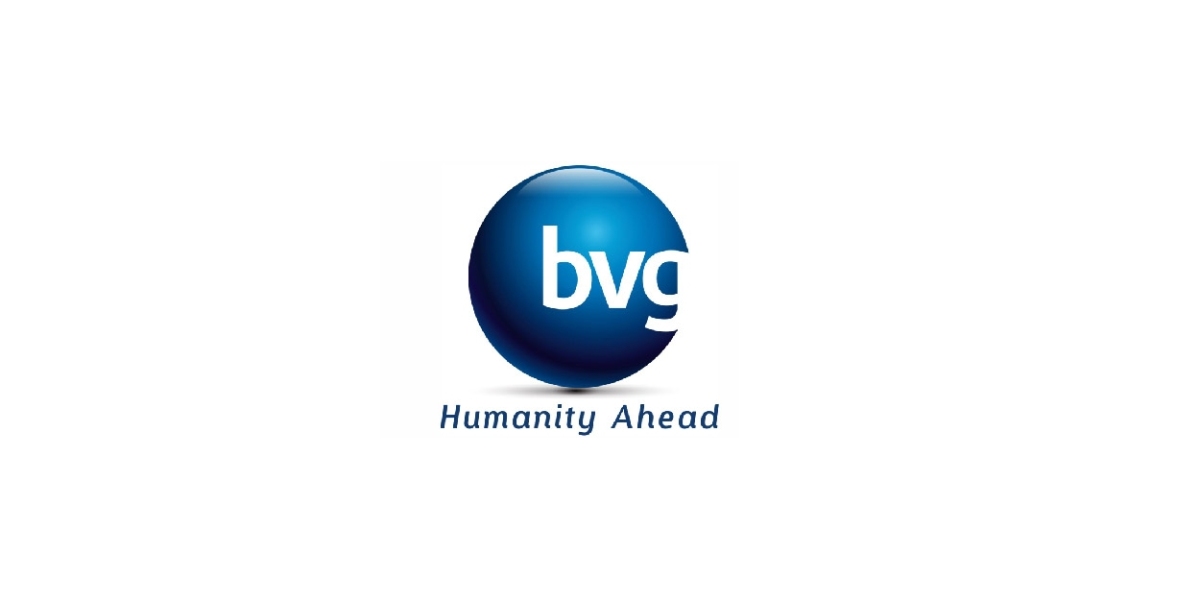Advances in Minimally Invasive Technologies for Brain Aneurysms and Strokes
Advancements in minimally invasive neurosurgical techniques have enabled the development of innovative neurovascular devices that target delicate areas of the brain and spinal cord with reduced trauma. These technologies allow for treatment of complex conditions like brain aneurysms and strokes through small incisions or natural orifices rather than open craniotomy. Several new microcatheter and stent technologies have gained FDA approval in recent years for minimally invasive treatments of cerebral aneurysms and acute ischemic strokes.
Micro catheter technologies have improved interventional neuroradiologists' ability to selectively catheterize cerebral arteries and deploy diagnostic or therapeutic Neurovascular Devices. Newer microcatheters feature higher manoeuvrability and trackability to access tortuous vessels. Micro catheter support is essential for delivering self-expanding stents or detachable coils used to occlude brain aneurysms from within the sac, avoiding the risks of traditional open surgeries. Improved micro catheter technologies have expanded the number of aneurysms amenable to endovascular coiling procedures.
Stent technologies have enabled reconstruction of damaged arteries in the brain. Self-expanding stents deployed through microcatheters provide scaffolds to treat aneurysms by reconstructing the parent artery, diverting blood flow away from the sac. Newer self-expanding stents feature improved radial strength, flexibility and deliverability. Stents are also used to treat acute ischemic strokes by restoring blood flow in blocked middle cerebral or intracranial arteries. These advances have allowed endovascular treatment of strokes up to 24 hours from symptom onset in select patients.
Growth of Minimally Invasive neurovascular Procedures
The growth of minimally invasive techniques has driven rapid uptake of neurovascular devices for treating complex brain and spine conditions.
The number of aneurysmal subarachnoid hemorrhage cases and unruptured intracranial aneurysms being treated has grown significantly with improved endovascular technologies. According to a recent study, aneurysm coiling and stent-assisted coiling procedures grew 115% from 2004-2015 while microsurgical clipping declined 42% over the same period. Increased patient preference for minimally invasive treatments and expansion of eligible aneurysm morphologies have contributed to this trend. Reimbursement advancement for neurovascular procedures has also supported market growth in various countries.
Advances in acute stroke treatment have allowed more patients to be treated with endovascular approaches. The number of large vessel occlusion strokes treated with minimally invasive thrombectomy grew 600% from 2012-2018 according to one analysis. Continued studies validating extended treatment windows for thrombectomy out to 24 hours will further increase eligible patients. This shift away from traditional medical management to restored blood flow helps avoid long-term disability in stroke survivors.
Focus on Aneurysm Treatment Innovation for Neurovascular Devices
Despite significant progress, there remains opportunity for new technologies to widen treatment eligibility for intracranial aneurysms, the deadliest and most prevalent type of cerebrovascular malformation. Approximately 30,000 brain aneurysm ruptures occur annually in the United States, with a 40% mortality rate for those who experience subarachnoid hemorrhage.
New coiling technologies strive to provide complete, immediate aneurysm occlusion to prevent rebleeding. Detachable coils compatible with flow diverter stents attempt reconstruction of the parent artery neck. Bioactive coils and liquid embolics promise added safety through more permanent occlusion over time.
Stent innovations target difficult aneurysm morphologies. New stents under development feature enhanced scaffolding ability for wide-neck aneurysms along with deliverability through tortuous vasculature to previously untreatable locations. Some deploy bifunctional flow diverter and reconstruction capabilities from a single device.
Startups in the neurovascular space continue advancing 3D printed and bioresorbable medical device technologies as alternatives. These aims to eliminate long-term antiplatelet needs while potentially improving reconstruction of complex aneurysm sites. Continued developments here stand to significantly expand the eligible aneurysm patient population.
Rapid technological progress in the neurovascular devices arena has created an expanding market for minimally invasive treatments of cerebrovascular disorders. Targeted innovations in microcatheters, stents and embolic agents increasingly allow previously high-risk conditions like brain aneurysms and strokes to be addressed without craniotomy. This shift improves patient outcomes and quality of life while saving healthcare costs compared to open surgeries. Further advancements holding promise to treat even more complex cases should continue driving market growth in the years ahead.
Get more insights on Neurovascular Devices









